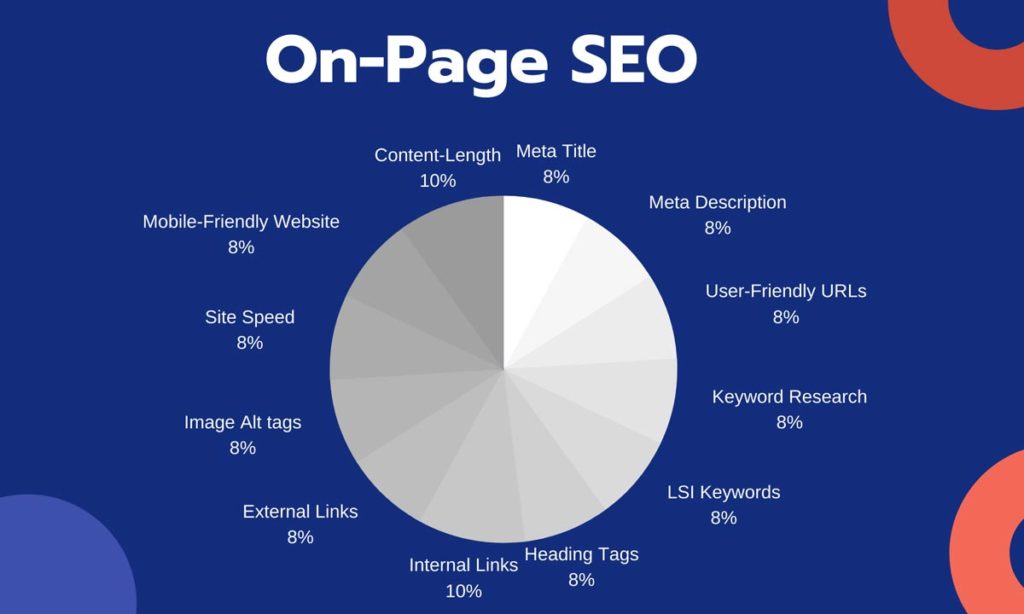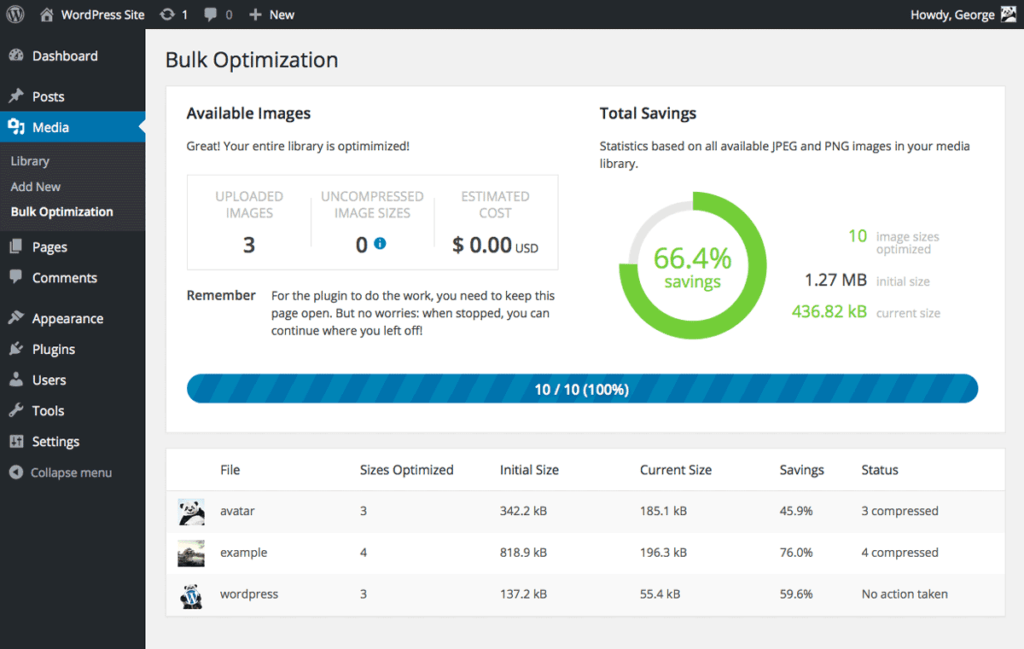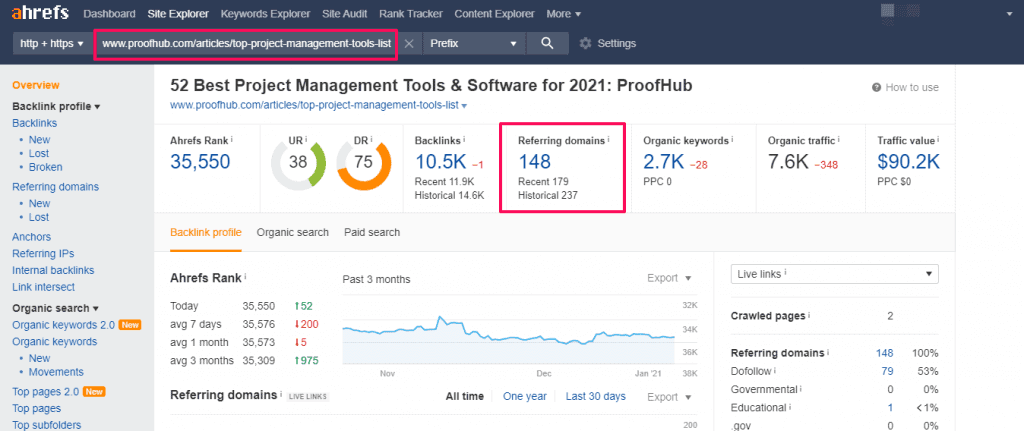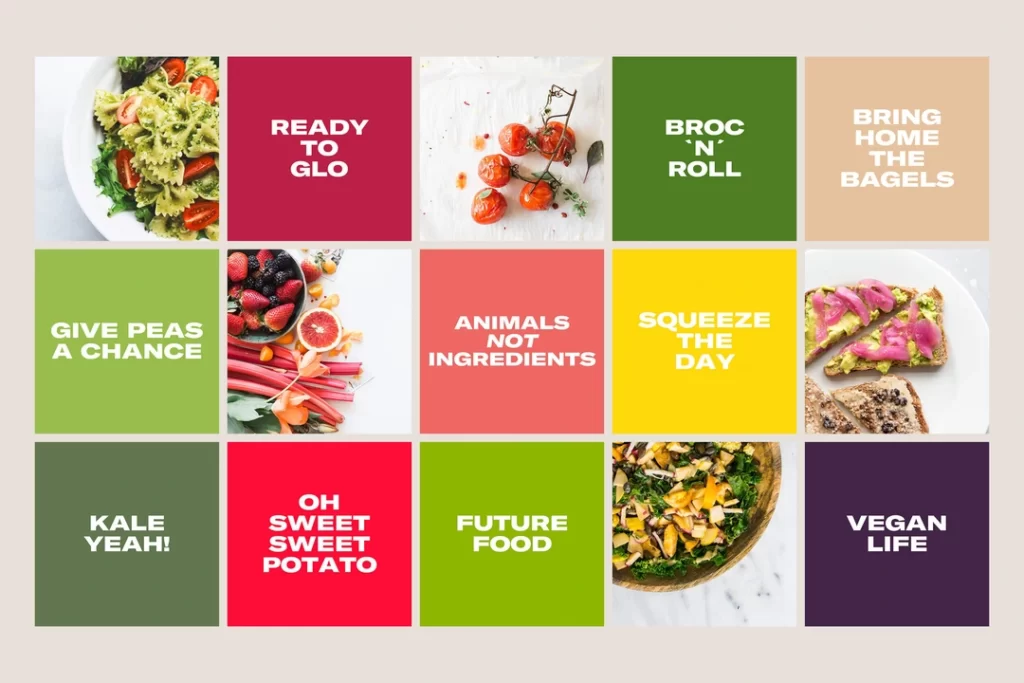7 SEO Strategies for Graphic Designers
SEO (search engine optimisation) is crucial for increasing a website's visibility and attracting more visitors. In today's digital world, having a solid online presence is vital for businesses and brands. Regarding graphic designers, SEO plays a significant role in enhancing user experience (UX), improving site structure and accessibility, and ensuring mobile-friendliness.
Graphic designers can optimise their websites by incorporating SEO best practices. By optimising website design, layout, and content, they can improve their search engine rankings and attract more organic traffic.
A well-optimised website helps attract potential clients and increases the chances of getting discovered by search engines. For example, graphic designers can improve their website's visibility and rankings by optimising meta tags, headings, and URLs. Using relevant keywords in these elements helps search engines understand the content and purpose of the website.
Additionally, having a mobile-friendly design is crucial as more and more people are accessing the internet via mobile devices. Optimising images, using appropriate alt tags, and compressing files are also important aspects of SEO for graphic designers.
A critical element of SEO for graphic designers is creating high-quality and relevant content. By regularly updating their website with fresh and valuable content, such as blog posts or case studies, graphic designers can attract more organic traffic and improve their search engine rankings.
Providing informative and engaging content demonstrates expertise and can help build credibility with potential clients. In addition to content creation, graphic designers should also focus on creating an intuitive and user-friendly navigation structure on their website. A well-organised website with clear categories and labels helps visitors navigate easily but also assists search engines in understanding the website's content and purpose.
Furthermore, graphic designers should pay attention to the loading speed of their website. Slow-loading websites can negatively impact user experience and result in higher bounce rates. Optimising images, reducing file sizes, and utilising caching techniques can help improve website speed and overall performance.
Table of Contents
Keyword Research for Graphic Designers

Performing keyword research is an essential part of SEO for graphic designers. It helps them find relevant and high-search volume keywords with low competition. By finding the right keywords, graphic designers can improve the visibility of their websites in search engine results.
Tools like Google Keyword Planner can assist graphic designers in finding better keywords for the graphic design industry. They can explore different keyword variations and identify the ones that align with their target audience and services. For instance, a graphic designer specialising in logo design can target keywords like “logo design services,” “professional logo designer,” or “creative logo design.
By incorporating these keywords strategically in their website's content, meta tags, headings, and URLs, graphic designers can increase their chances of ranking higher in search engine results. It's essential to balance using keywords naturally and providing valuable content to users.
When conducting keyword research, graphic designers should also consider the search intent behind the keywords. Understanding what users seek when searching for specific keywords can help designers create content that aligns with user expectations. This can lead to higher engagement and better search engine rankings.
On-Page Optimisation Techniques

On-page optimisation techniques are vital for improving the visibility and rankings of graphic design websites. By optimising website structure and accessibility, graphic designers can help search engines understand the content and purpose of their websites.
One technique is creating an intuitive navigation structure that allows users and search engines to navigate the website easily. This includes organising content into logical categories, using descriptive menu labels, and creating a user-friendly interface. Another technique is to optimise meta tags, headings, and URLs.
Including relevant keywords in these elements can improve the website's visibility in search engine results. For example, a graphic designer offering brochure design services can include keywords like “professional brochure design” or “creative brochure designer” in their meta tags and headings.
Additionally, creating unique and valuable content is crucial for on-page optimisation. By regularly updating the website with fresh content, such as blog posts or case studies, graphic designers can attract more organic traffic and improve their search engine rankings. When optimising content, graphic designers should also pay attention to the structure of their web pages.
Using proper heading tags (H1, H2, etc.) helps search engines understand the hierarchy and organisation of the content. This improves both the user experience and the website's SEO. Including internal links within the content is another on-page optimisation technique that graphic designers should consider.
Internal links help search engines navigate the website and understand the relationships between pages. Graphic designers can create a cohesive website structure by linking related pages and improving the user experience.
Image Optimisation for SEO

Image optimisation is an essential aspect of SEO for graphic designers. Optimising images improves the user experience and helps search engines understand the content of the images.
One technique is to name images with relevant keywords. For example, instead of using generic names like “image001.jpg,” a graphic designer can name an image “professional-logo-design.jpg.” This can improve the visibility of the image in image searches and increase the chances of being discovered by potential clients.
Compressing images is another technique that graphic designers should consider. Compressed images have smaller file sizes, which improve website load speed. Faster load times enhance user experience and contribute to better search engine rankings.
Additionally, optimising alt tags and image descriptions is essential. Alt tags provide alternative text that describes the content of an image, which helps search engines understand the image and its context. Including relevant keywords in alt tags and image descriptions can enhance the image's visibility in search engine results.
When optimising images, graphic designers should also consider the file format. Using the appropriate file format, such as JPEG or PNG, can help maintain image quality while reducing file size. This contributes to faster loading times and a better user experience.
Creating SEO-Friendly Content

Creating high-quality and relevant content is critical to SEO for graphic designers. By naturally incorporating keywords into their content, graphic designers can improve search engine rankings and attract more organic traffic. For example, a graphic designer specialising in website design can create blog posts or articles that discuss topics like “essential web design principles” or “tips for effective website design.
Using keywords related to their services and target audience, graphic designers can increase their chances of ranking higher in search engine results. Using internal and external links effectively is another important aspect of creating SEO-friendly content.
Internal links help search engines understand the context and relevance of the content within a website. For instance, a graphic designer can link a blog post about logo design to their portfolio page showcasing their logo design work.
External links, on the other hand, can provide additional value to users and demonstrate credibility. For example, a graphic designer can link to reputable design resources or industry-related articles. This can help improve the overall user experience and increase search engine rankings.
When creating content, graphic designers should also focus on providing value to their target audience. By understanding their audience's needs and pain points, designers can create content that addresses those concerns and offers helpful solutions. This improves the user experience and establishes the designer as an authority in their field.
Building Backlinks for Graphic Design Websites

Building backlinks from reputable websites is an effective strategy for improving the authority and visibility of graphic design websites. Backlinks are links from other websites that direct users to your website.
One system for building backlinks is through guest blogging and content partnerships. Graphic designers can contact relevant blogs or websites in the design industry and offer to write guest posts or collaborate on content. They can earn valuable backlinks by including links to their website in the author bio or within the content.
Creating valuable and shareable content is another way to attract backlinks. By publishing infographics, case studies, or design tutorials, graphic designers can provide valuable resources that other websites may want to link to. This improves the website's authority and visibility in search engine results. It's important to note that building backlinks should be a natural and organic process.
Avoid engaging in black hat SEO techniques, such as buying backlinks or participating in link schemes, as these can result in penalties from search engines. When building backlinks, graphic designers should also consider the relevance and quality of the linking websites. Backlinks from reputable and authoritative websites within the design industry carry more weight and can significantly impact search engine rankings.
Utilising Social Media for SEO

Social media platforms can be powerful tools for promoting graphic design work and increasing website visibility. Graphic designers can improve their SEO efforts by engaging with followers and building a solid online presence on social media. For example, sharing portfolio pieces, design tips, or behind-the-scenes content on platforms like Instagram or Pinterest can attract new visitors to the website.
Encouraging social sharing and interaction can further increase the reach and visibility of the content. Social media profiles and posts can also appear in search engine results. Graphic designers can enhance their online presence and improve their search engine rankings by optimising social media profiles with relevant keywords and providing links back to the website.
Choosing the right social media platforms based on the target audience and design niche is essential. For instance, a graphic designer specialising in branding might succeed more on LinkedIn or Behance, while a designer focusing on visual arts might prefer platforms like Instagram or Dribbble.
When using social media for SEO, graphic designers should build genuine connections and engage with their audience. By responding to comments, participating in discussions, and sharing valuable content, designers can establish themselves as experts in their field and attract a loyal following.
Monitoring and Analysing SEO Performance

Monitoring and analysing SEO performance is crucial for graphic designers to track the effectiveness of their strategies and make necessary adjustments. Tools like Google Analytics provide valuable insights into website traffic, user behaviour, and search engine rankings.
Graphic designers can use these tools to track the number of visitors, bounce rates, and conversion rates. They can identify which keywords drive the most organic traffic by analysing keyword performance and optimising their strategies accordingly.
Staying updated with SEO trends and algorithm updates is also essential. Search engine algorithms are constantly evolving, and what works today may not work tomorrow. Graphic designers can maintain and improve their search engine visibility by staying informed and adapting to changes.
Regularly monitoring and analysing SEO performance allows graphic designers to identify areas for improvement and make data-driven decisions to optimise their websites. By tracking the impact of their SEO efforts, designers can continuously refine their strategies and stay ahead of the competition.
SEO Rules for Graphic Designers
Graphic designers should consider several SEO rules to create effective and user-friendly websites. First, designing for humans while incorporating SEO best practices is essential. While optimising for search engines is necessary, the ultimate goal is to provide a positive user experience.
Graphic designers should prioritise aesthetics, usability, and functionality to create visually appealing and user-friendly designs. Visuals play a crucial role in enhancing user experience and attracting visitors. However, it's important to make images mobile-friendly and optimise them for faster load times. Prioritising readability and scannability in design, such as using clear fonts and proper spacing, can also contribute to a better user experience and improve SEO.
Cheating SEO algorithms using black hat techniques, such as keyword stuffing or hidden text, should be avoided. Search engines are becoming smarter at detecting these tactics, and websites that engage in such practices may face penalties. Creating a memorable favicon, the small icon that appears in the browser tab is another SEO rule to consider.
A favicon can help users recognise and remember the website, increasing visibility and brand recognition. Understanding human psychology is also important. By considering user behaviour and preferences, graphic designers can create designs that resonate with their target audience and encourage engagement.
SEO Strategies for Graphic Designers
In conclusion, incorporating SEO into visual design practices is essential for growing a brand and adapting to the digital realm. By implementing basic SEO strategies, graphic designers can increase their value and potentially charge more as freelancers. SEO is a continuous process that requires monitoring, analysing, and adapting to changes in search engine algorithms. By collaborating effectively with SEO professionals and considering user experience, graphic designers can create successful websites that stand out in the competitive online landscape.
These 7 SEO strategies for Graphic Designers are vital for increasing their online presence and attracting more potential clients. Implementing effective SEO strategies for designers can significantly improve their website's search engine rankings. These graphic design SEO tips will help you make your designs more visible and appealing to a broader audience. Optimising a visual design website is crucial for improving user experience and boosting organic traffic. Employing SEO for graphic designers can enhance their online authority and visibility.
